Tesla’s Cybertruck: An Exciting Milestone in Electric Vehicles
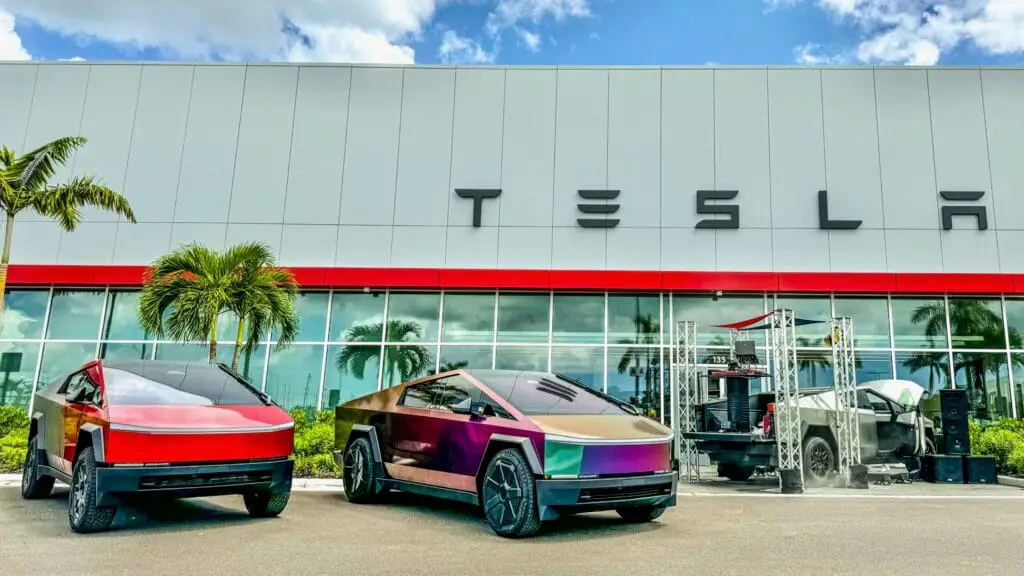
Tesla’s much-anticipated Cybertruck is finally hitting the roads. After years of development delays, Tesla has officially begun deliveries of this futuristic electric pickup, with the first event occurring on November 30, 2024. The Cybertruck was initially revealed in 2019 with bold promises, including a sub-$40,000 starting price and unprecedented performance, but it has faced significant production challenges due to its unconventional stainless steel exoskeleton and unique design elements.
Key Features and Production Insights
The Cybertruck stands out for its striking design, inspired by science fiction themes like Blade Runner. Its stainless steel exoskeleton and flat panels make it both visually unique and manufacturing-intensive. Despite these challenges, Tesla claims an installed production capacity of 125,000 units annually at its Gigafactory in Texas. However, scaling up production to meet this potential remains a significant task, as acknowledged by CEO Elon Musk, who described the vehicle’s production process as “insanely difficult.”

Market and Delivery Updates
The first deliveries will include the high-end “Foundation Series” models, with Canadian customers among the first to receive them earlier this month. Tesla has yet to finalize pricing details, but it’s clear the initial offerings will come at a premium compared to earlier projections. As Cybertruck deliveries roll out, Tesla aims to reignite excitement in the electric truck market, currently dominated by rivals like the Ford F-150 Lightning, Rivian R1T, and GMC Hummer EV.
The Cybertruck’s release marks a pivotal moment for Tesla, with over one million reservations globally. Whether it will disrupt the competitive EV truck market or capitalize on its dedicated fanbase remains a story to watch.
Tesla Cybertruck: A Deeper Look into Its Journey and Future
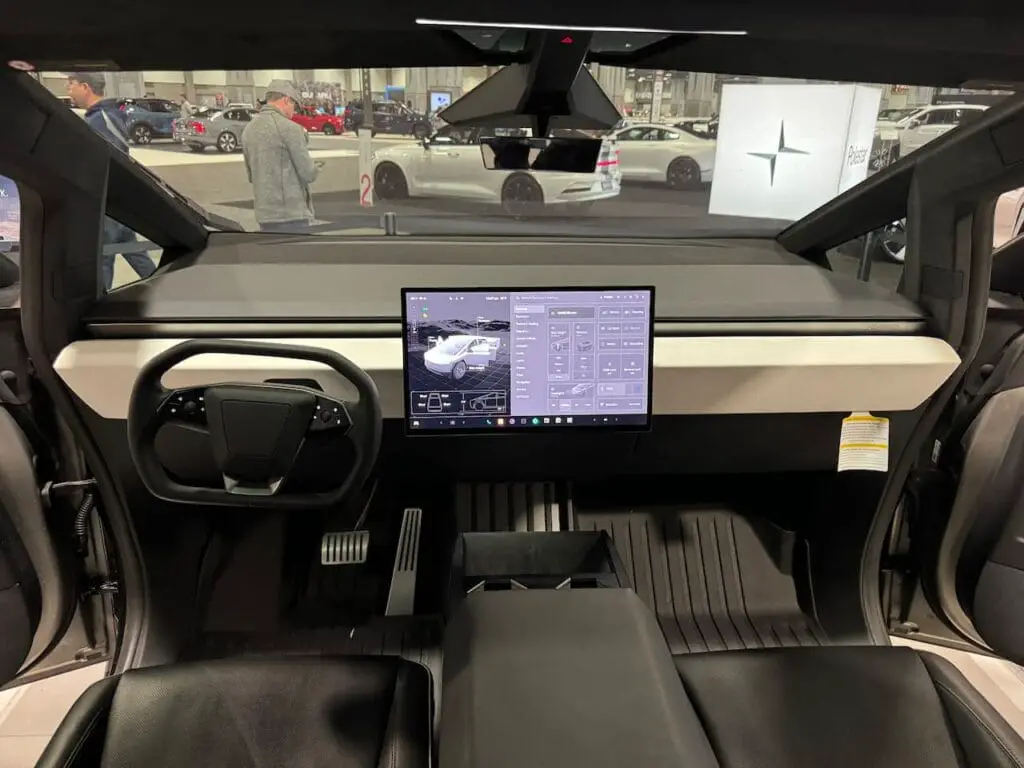
The Cybertruck, Tesla’s revolutionary electric pickup, is not just another vehicle; it’s a bold statement about the future of automotive design and sustainability. Here’s more about what sets the Cybertruck apart and the impact it’s expected to have:
Design and Innovation
The Cybertruck features a futuristic design with its stainless steel exoskeleton, which is both a strength and a challenge. This ultra-hard material provides superior durability and safety but complicates production. Unlike traditional vehicles, the Cybertruck has minimal curves, reducing manufacturing complexity in some ways but requiring innovative solutions for assembly
.
Performance and Capability
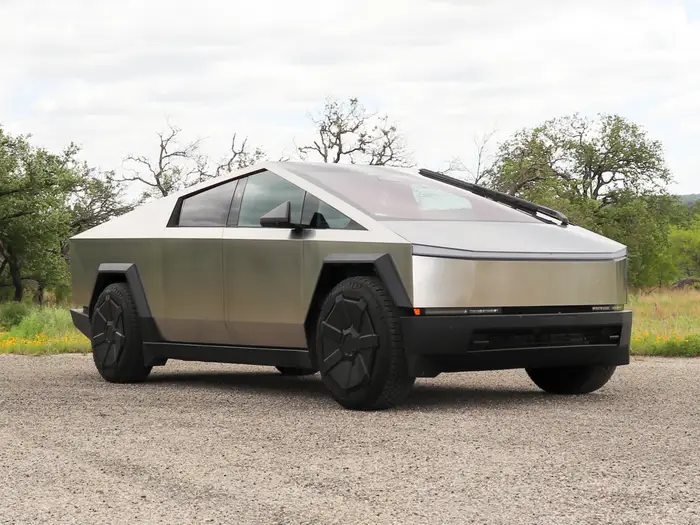
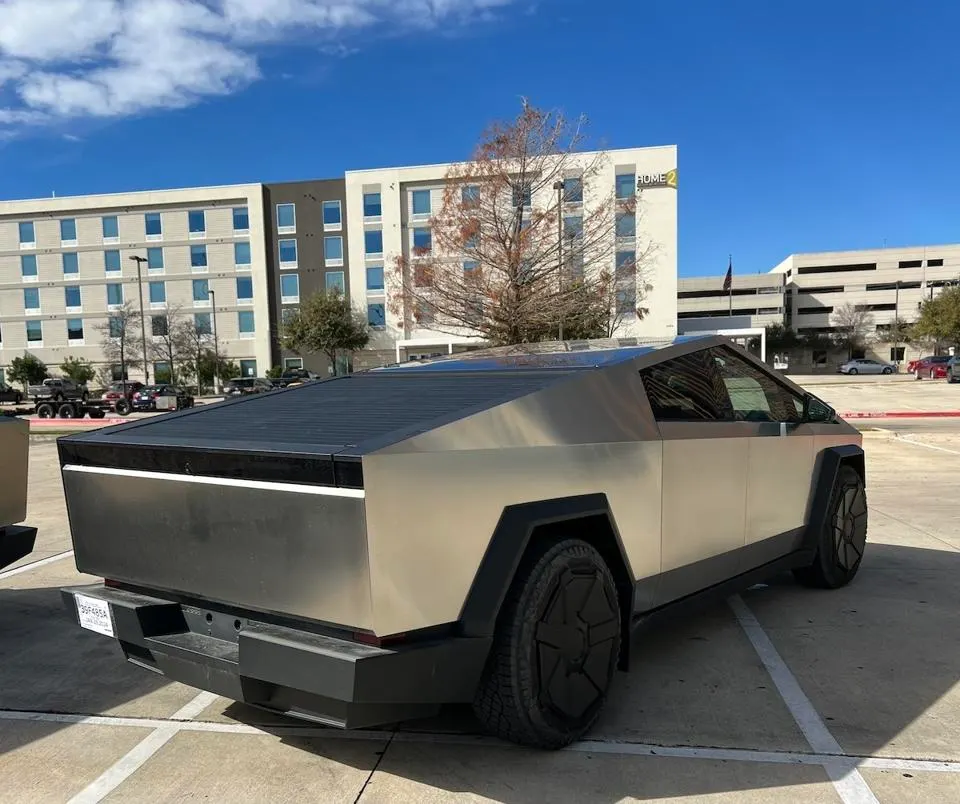
Initial specifications promise:
- Towing capacity: Up to 14,000 pounds.
- Range: Between 250 and 500 miles, depending on the configuration.
- Acceleration: As fast as 0-60 mph in under 3 seconds for the tri-motor variant.
These performance metrics rival or exceed those of conventional trucks, making the Cybertruck a competitive choice for both personal and commercial use
With over one million preorders, the Cybertruck has already sparked immense interest, but its true impact will be measured in how well it meets expectations and scales in the years to come.
# Production and Challenges
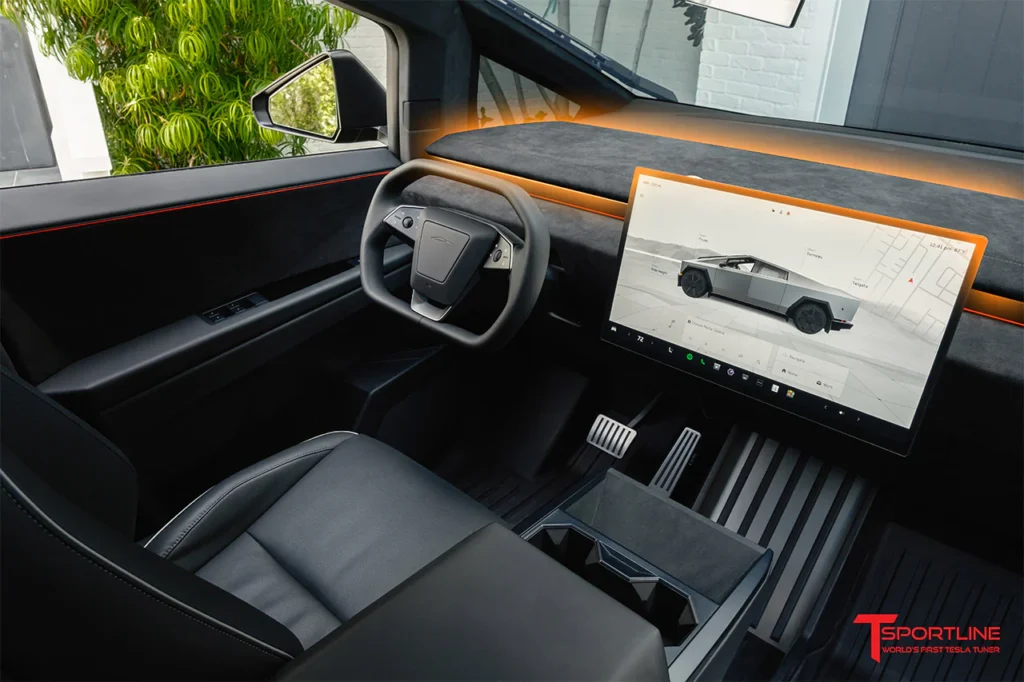
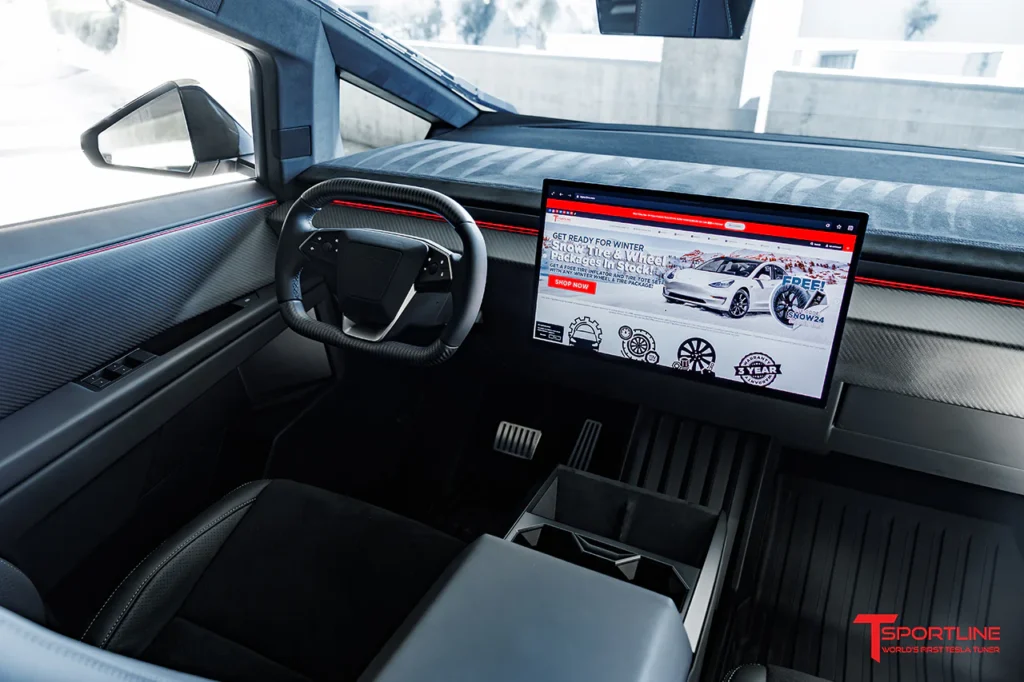
Tesla’s production target of 125,000 Cybertrucks annually is ambitious. While Gigafactory Texas has started delivering vehicles, scaling production to this level will take time. Elon Musk has acknowledged the complexities of manufacturing a vehicle so radically different from others in Tesla’s lineup【39†source
- Ford F-150 Lightning
- Rivian R1T
- GMC Hummer EV
Tesla’s brand loyalty and innovative design give it a strong position, though its late entry has allowed competitors to establish themselves【39†source】.
The Cybertruck aligns with Tesla’s mission to accelerate the world’s transition to sustainable energy. By offering a durable, electric alternative to gas-powered trucks, it supports the broader shift toward reducing carbon emissions. Its affordability in the long term, given low maintenance and fuel costs, is another advantage【39†source】 .
As Tesla ramps up Cybertruck production and expands delivery locations, its success will hinge on:
- Meeting production targets.
- Delivering promised performance and durability.
- Competing effectively on price in the truck market.
